Impact Story
Weimar
Her City Weimar is an independent project conducted as part of a master’s thesis by two students at the Bauhaus University Weimar, Germany. The project focused on public spaces in Weimar. It examined the old parts of the town, such as the historic squares Frauenplan, Platz der Demokratie, and Herderplatz, but also Wielandplatz, Seifengasse and Posecksche Garten. The work consisted in a modified application of the HerCity toolbox, movement and public life measurements, and a citizen survey with 250 participants.
Facts
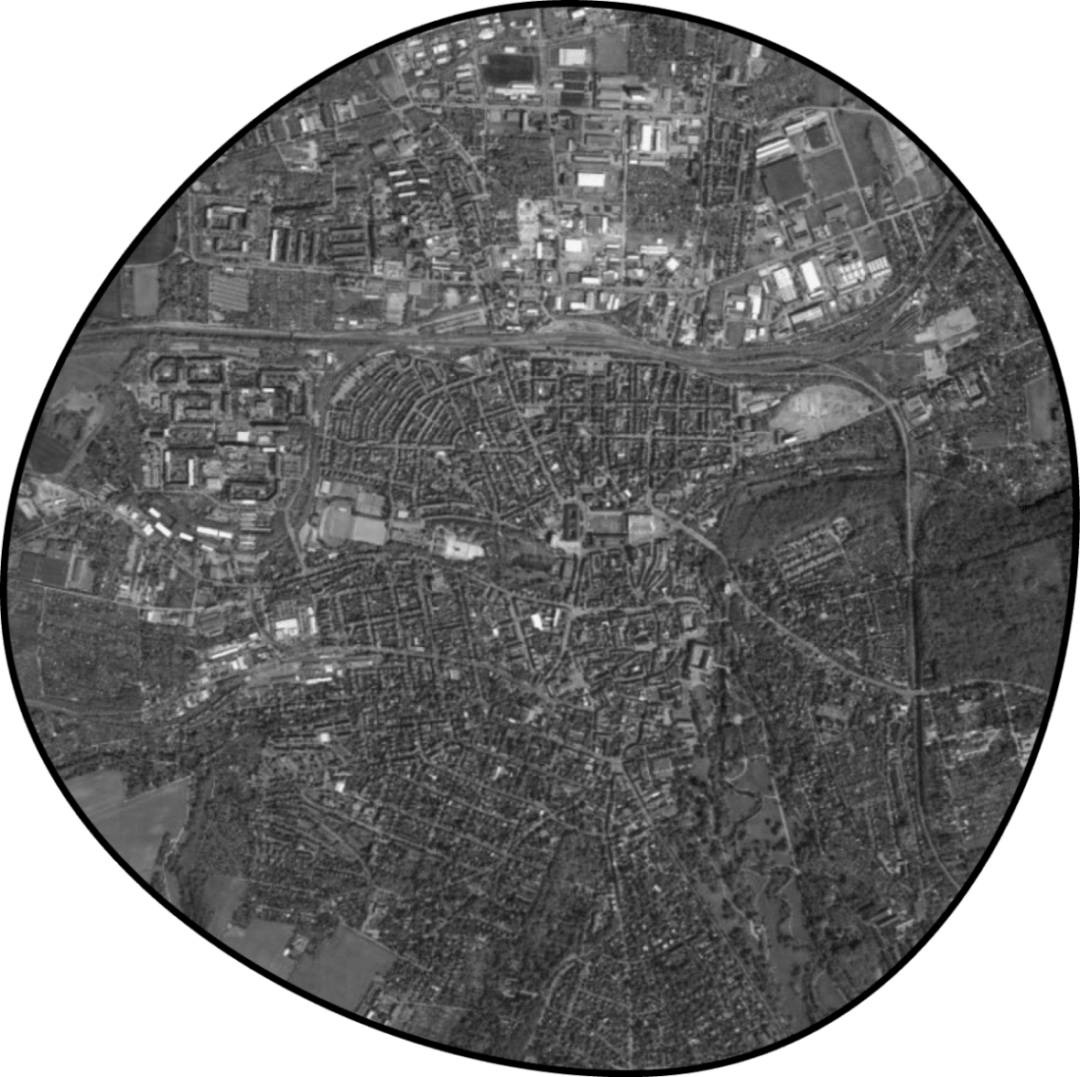
Category: Private partnership
Location: Herderplatz, Marktplatz, Platz der Demokratie, Seifengasse. Frauenplan, Wielandplatz and Poseckscher Garten, Weimar.
Time: October 2021 – January 2022
Partners: Gehl architects.
Participants: Local girls and young women.
Her story
Challenges
The assessments identified several problem areas. One was to determine how the movement patterns and behaviour of the residents change at night. Another was the lack of appropriation of the urban space by the residents, which played a significant role. Weimar is a major tourist hotspot in Germany. Therefore, the city puts particular emphasis on historicization to preserve its image. For this reason, gender-sensitive planning has not played a role in urban planning so far. Raising awareness among urban stakeholders has been an important task.
Solutions
The city of Weimar hardly collects any data on public life. Therefore, the study relied on three different methods: The first method was a walking tour through the city. With the help of happy, neutral, or sad smilies, the participants rated the quality of public spaces. They analysed aspects in three categories: safety, comfort, and social life. In addition, the team used an app provided by Gehl Architects to measure the movement patterns and behaviour of residents in the public spaces. The third method was a citizen survey, in which all people who were familiar with Weimar could participate. After the comprehensive assessment, the students conducted further workshops with the participants. The participants also had numerous occasions to discuss their findings and experiences. In this way, they categorised the collected facts into five fields of action: Representation and appreciation, security and social control, services and amenities, mobility, and accessibility, visibility and appropriation. They also discussed possible interventions in public space and the issue of equality in Weimar in general.
Opportunities
Through workshops, four participants from the Her City Weimar team presented recommendations for actions to the planning professionals at the city of Weimar. Until then, gender-sensitive planning was not well known to them. Therefore, they decided on creating a website where they will publish their newly gained knowledge to create more awareness about this topic. To present the results and continue to influence decision-makers, a website was launched on International Women’s Day. In addition, the team will continue organising activities in Weimar’s public realm. That includes submitting a list of new street names to the mayor of Weimar, a poster campaign, and adding temporary panels to street signs with female pioneers’ names that educate people about their lives and work.
Impact
The project has influenced local girls and young women and involved them. It allowed them to engage in the assessment of public spaces and discussions with professionals where they have been expressing their opinions. Furthermore, the project has raised awareness among the city and its citizens to show the importance of gender-sensitive planning.
Lessons learned
The two students involved the local girls and community through social media platforms. The project shows how this can be a fruitful way to reach and include participants. Also, it creates transparency and informs the public about their work. The thesis was successfully defended and the International Women’s Day event was well attended.
Results
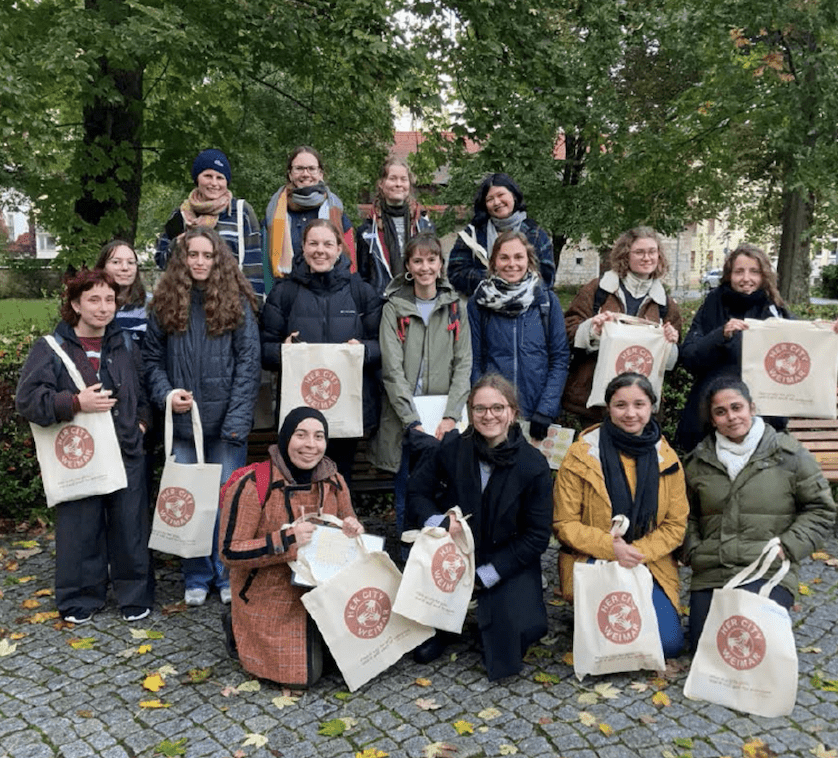
Block 1: Stakeholder engagement
A multi-stakeholder team of girls and professionals to mainstream youth, gender and socio-economic perspectives throughout the entire planning, design and implementation process.
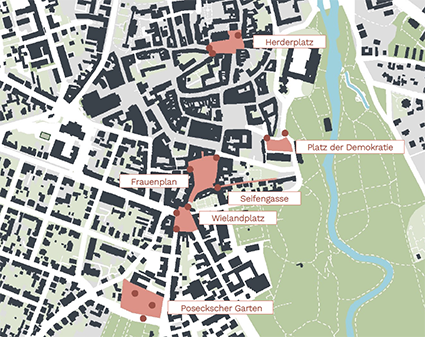
Block 2: City wide assessment
A city level analysis based on girls and young women’s observations and a list with their top priority spaces to be improved.
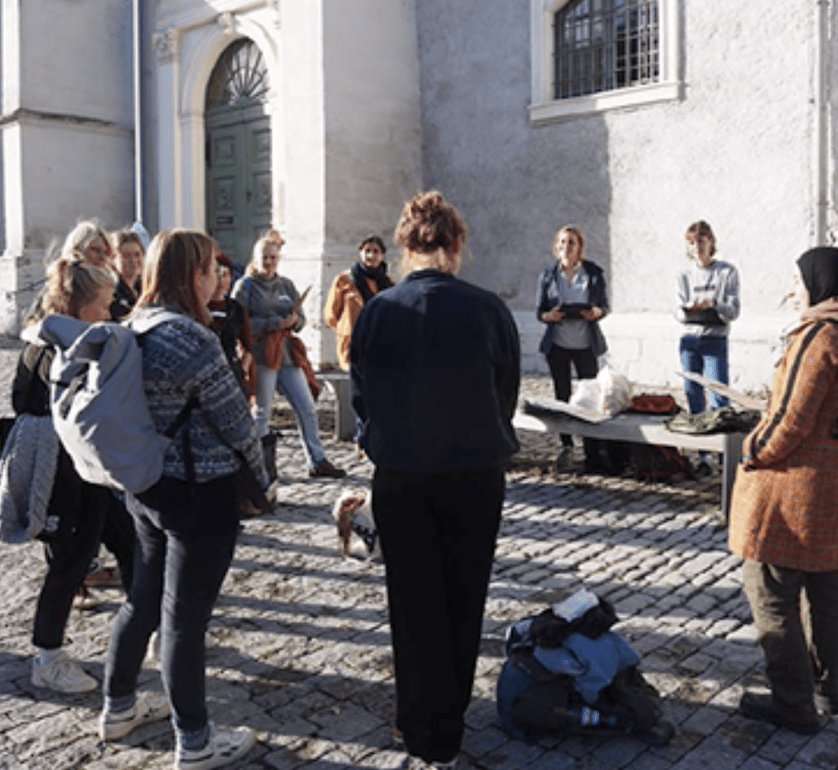
Block 3: Site specific assessment
Collecting quantitative and qualitative data by girls and young women on the state of the space that is considered a top priority for improvement.
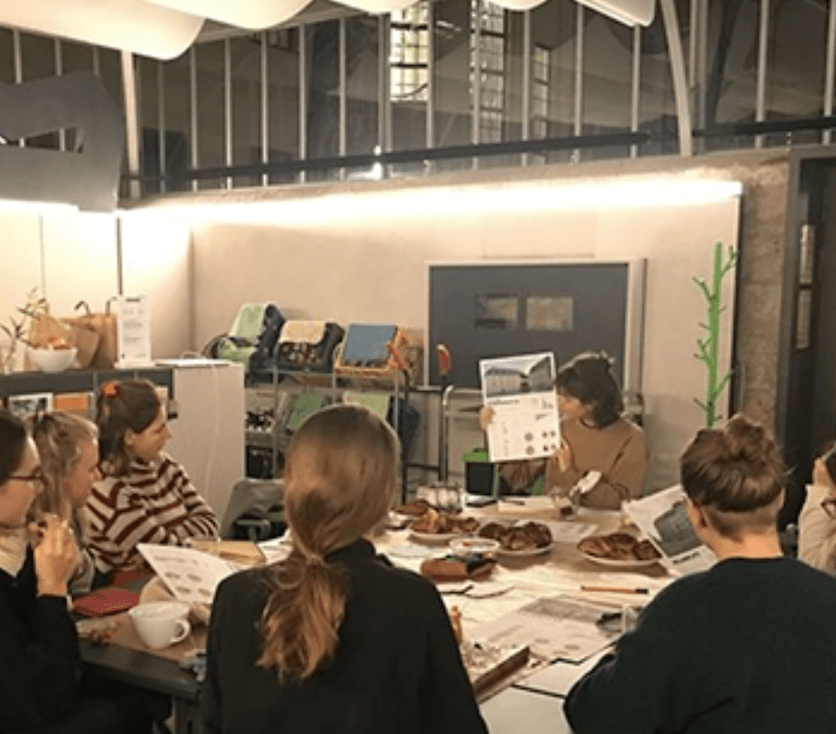
Block 4: Analysing challenges
A joint vision for the space based on a detailed analysis of the girls’ needs and current privileges in the space.
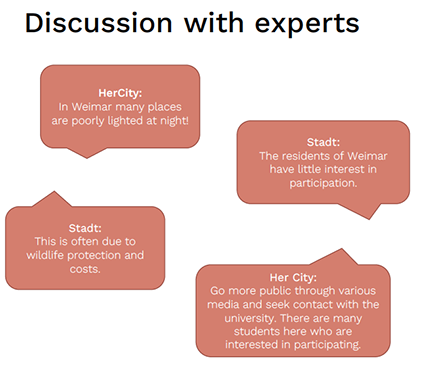
Block 6: Recommendation
A joint action plan for the space where girls and professionals negotiate ways forward for implementation and potential impact of the project.

Block 8: Sharing results
Approval to move forward and start construction from decision-makers and community and spreading of knowledge gained throughout the project.
Related SDGs

The project relates to the 2030 Agenda Sustainable Development Goals (SDGs) 5, 10, 11, 16 and 17.
About
Contact
hercity@un.org
Follow us
Facebook: @HerCity
Instagram: @HerCityToolbox
Twitter: @HerCityToolbox
YouTube: @HerCity
TikTok: @HerCity
#HerCity
Her City is a joint urban development initiative by UN-Habitat (the United Nations Human Settlements Programme) and Shared City Foundation.